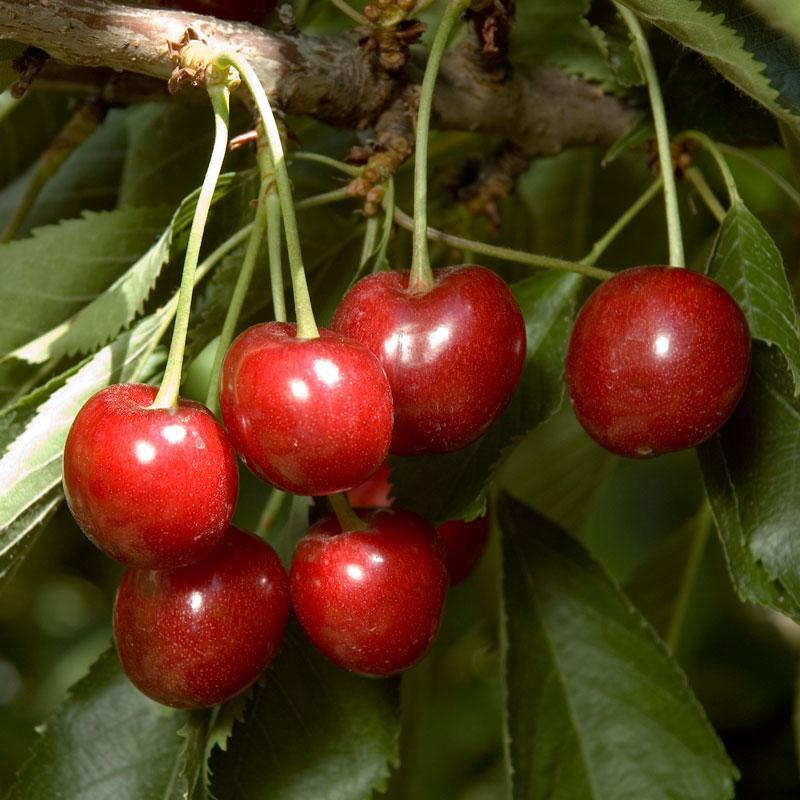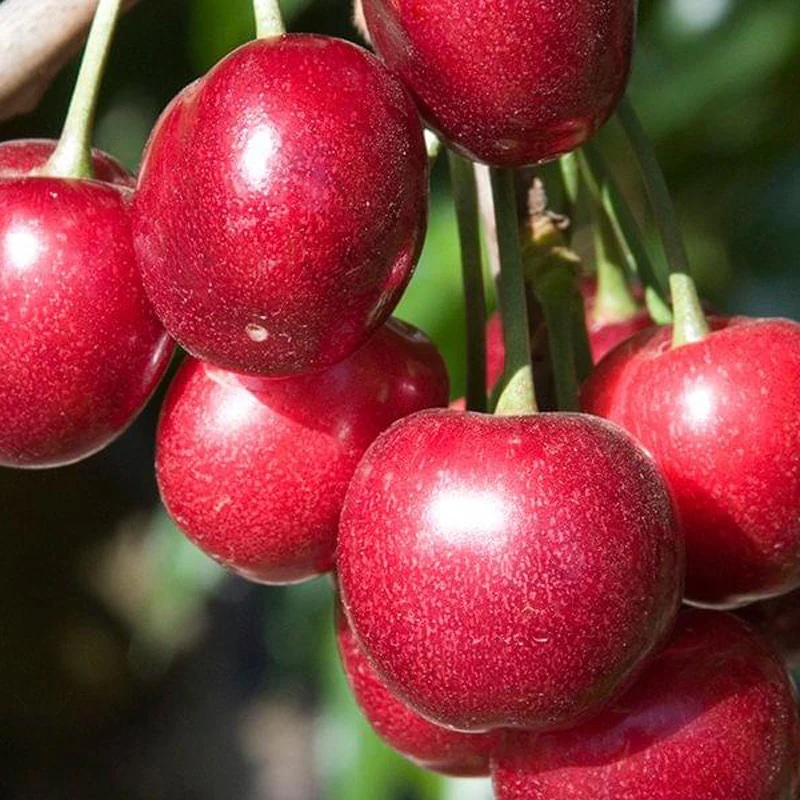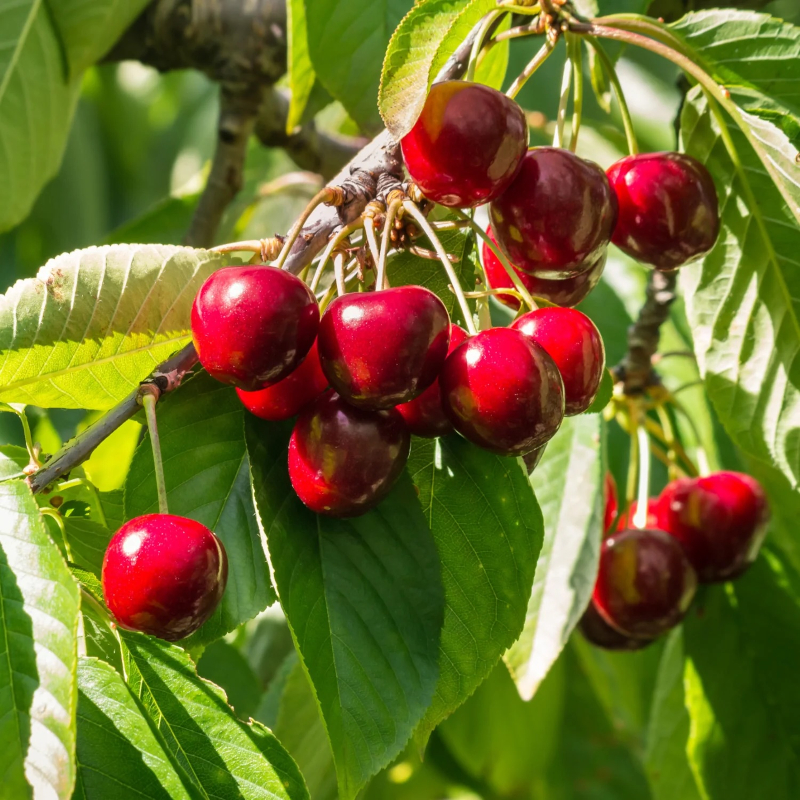How To
Grow
Cherry Tree
Choose the right variety
Sweet Cherries (Prunus avium) – Best for fresh eating. Needs well-drained soil and a lot of sun. Usually requires cross-pollination.
Sour Cherries (Prunus cerasus) – Best for cooking and baking. More cold-hardy and usually self-pollinating.
Select a good location
Cherries require cold winters to set fruit properly.
Sweet cherries need about 700–1,200 chill hours, while sour cherries need 600–1,000.
Plant in full sun (at least 6–8 hours daily).
Choose a well-drained, loamy soil with pH 6.0–7.5.
Avoid areas prone to late frosts (which damage blossoms).
Planting
Best time: Late fall or early spring (while dormant).
Space dwarf trees 8–10 ft apart, semi-dwarf 12–15 ft, and standard trees 25–30 ft.
Dig a hole twice the width of the root ball, and plant at the same depth it was in the nursery.
Watering
Water deeply after planting and during dry periods.
Do not overwater; cherries don’t like soggy roots.
Fertilizing
Apply balanced fertilizer (like 10-10-10) in early spring.
Avoid over-fertilizing, especially with nitrogen – it encourages leaves, not fruit.
Pruning
Prune in late winter while dormant to maintain shape and improve airflow.
Remove dead, diseased, or crossing branches.
Pollination
Most sweet cherries need a compatible variety nearby for pollination.
Most sour cherries are self-fertile.
Bees are essential for pollination – avoid using pesticides when in bloom.
Pest & disease management
Watch for: aphids, cherry fruit fly, leaf spot, brown rot, bacterial canker.
Use integrated pest management (IPM): keep area clean, prune well, and apply organic sprays if needed.
Harvesting
Sweet cherries: Harvest when fully colored and firm.
Sour cherries: Harvest when fully red and slightly soft.
Pick with the stem attached to increase shelf life.
Health Benefits of Cherry
- High in anthocyanins and polyphenols which help reduce oxidative stress and inflammation.
- Contains natural melatonin, which can improve sleep quality and duration.
- Especially helpful for people with arthritis and gout; may lower uric acid levels.
- Antioxidants and potassium support blood pressure control and heart function.
- Helps reduce muscle soreness after intense exercise.
- Vitamin C boosts immunity and skin health.
- Anthocyanins have been linked to improved memory and cognitive function.
| Nutrient | Amount / Medium Raw Cherry (100Gr) |
| Calories | 63 kcal |
| Protein | 1.1 g |
| Total Fat | 0.2 g |
| Carbohydrates | 16 g |
| – Sugars | 12.8 g |
| – Dietary Fiber | 2.1 g |
| Vitamin C | 7 mg (8% DV) |
| Vitamin A | 3 IU (<1% DV) |
| Vitamin K | 2.1 µg (2% DV) |
| Potassium | 222 mg (5% DV) |
| Magnesium | 11 mg (3% DV) |
| Calcium | 13 mg (1% DV) |
| Iron | 0.36 mg (2% DV) |
| • DV = Daily Value, based on a 2,000-calorie diet. | |
Various Uses of Cherry
Eat fresh or raw
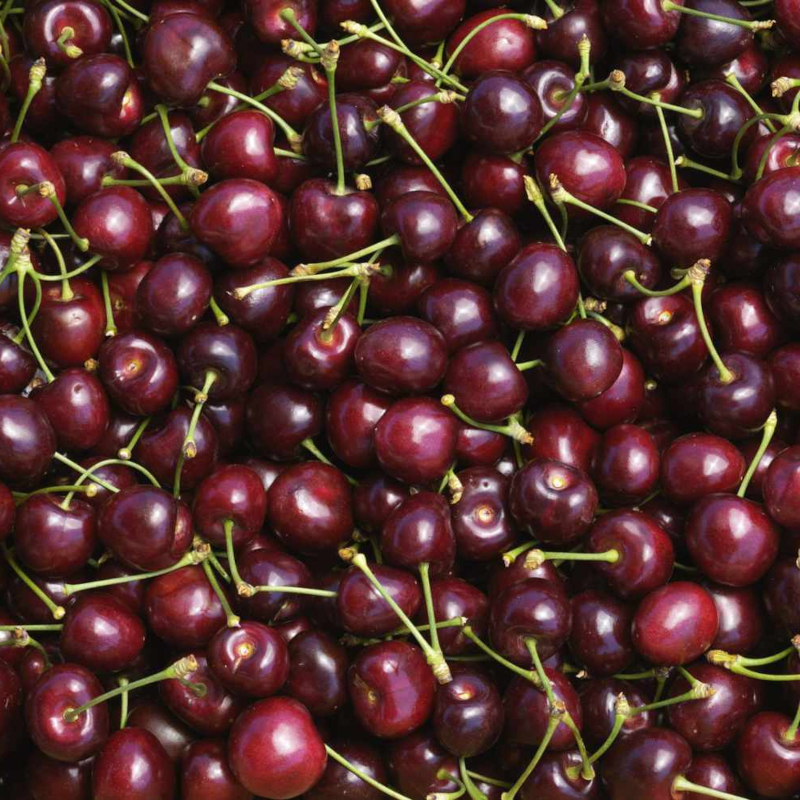
Enjoy as a healthy snack or in fruit salads
Baking & Desserts
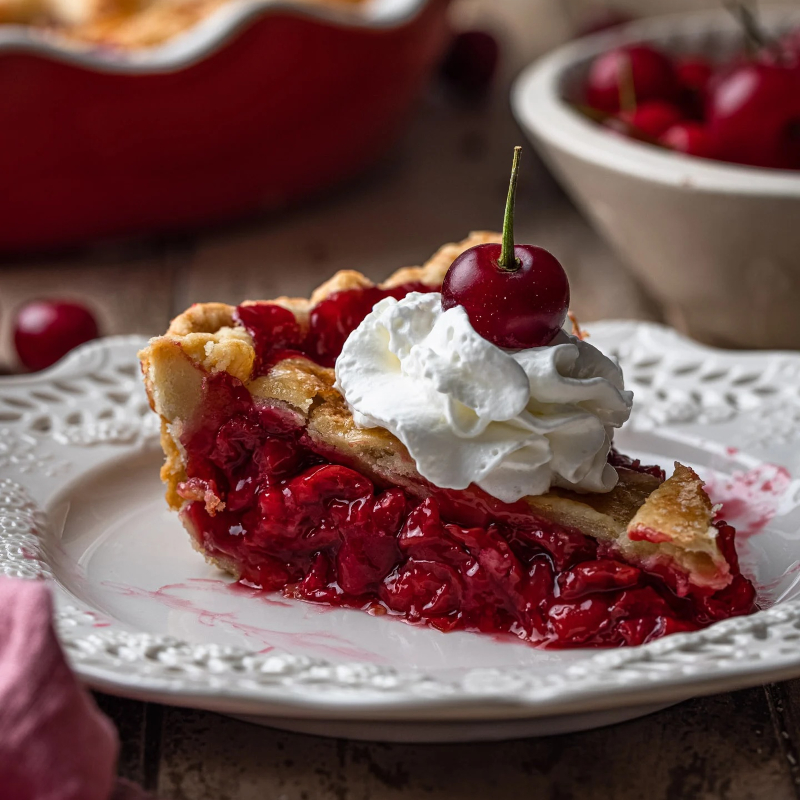
Used in pies, tarts, cakes, muffins, and turnovers (e.g., cherry pie, Black Forest cake).
Pairs well with chocolate, almonds, and vanilla.
Juices & Beverages
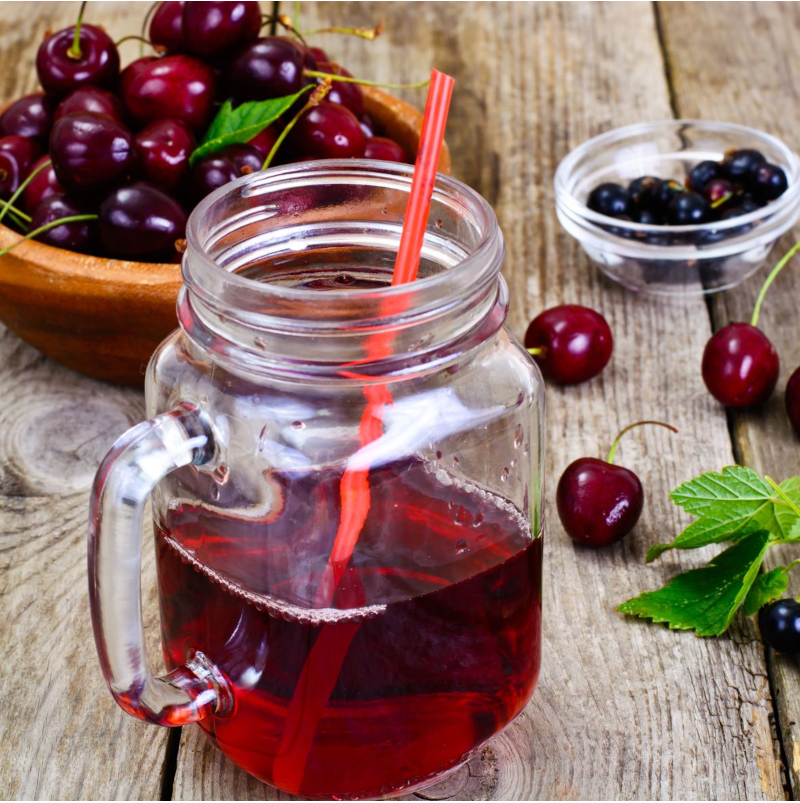
Consumed as cherry juice (especially tart cherry for health), smoothies, cocktails, and syrups.
Sauces & Garnishes
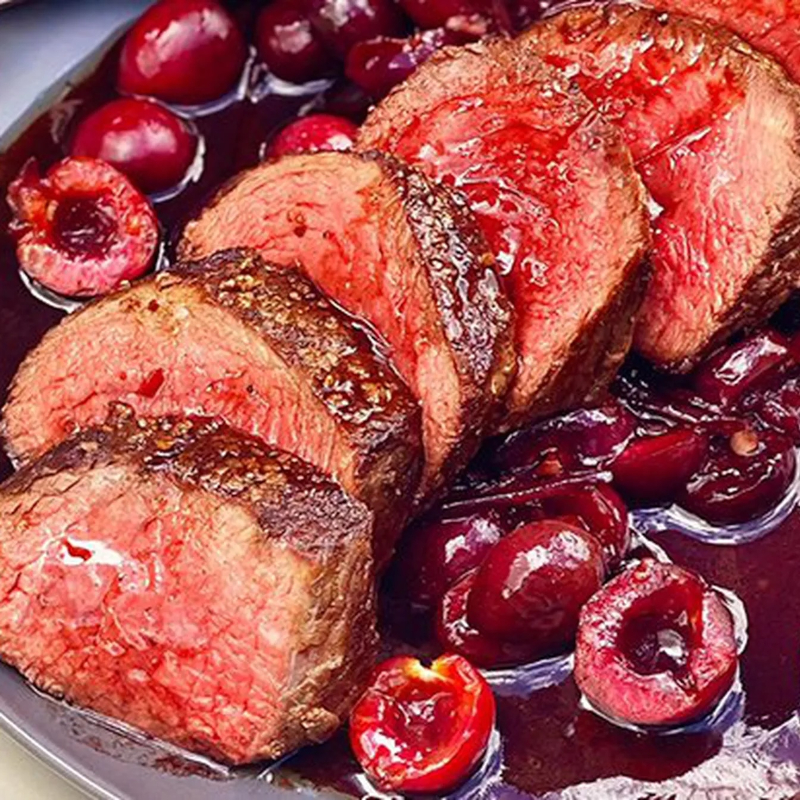
Made into sauces for duck, pork, or turkey.
Used as a topping for yogurt, ice cream, or cheesecakes.
Fermented Products
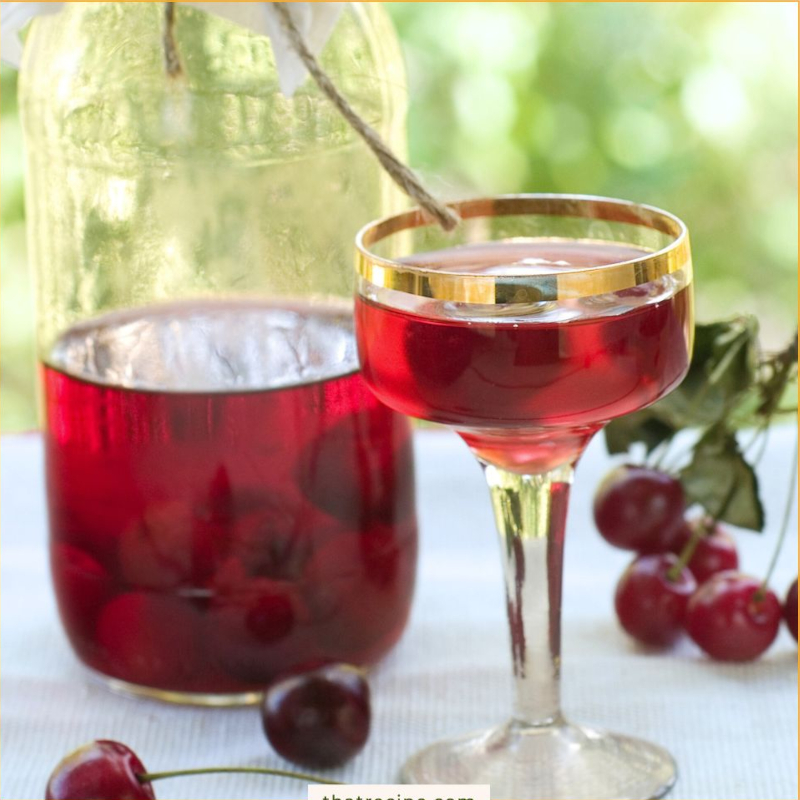
Used in making wine, brandy, liqueurs (like Kirsch), and cherry beer.
Uses Of
Tree Trunk
High-End Furniture
Widely used for making chairs, tables, cabinets, dressers, and headboards.
Especially popular in fine American and European furniture.
Cherry wood is a favorite for custom kitchen cabinets and built-ins due to its beauty and workability.
Woodworking & crafts
Used for wall paneling, moldings, window and door trims, and flooring.
Occasionally used in parts of string instruments and drums for its tonal qualities.
Craft & Special Uses
Ideal for bowls, vases, pens, and decorative items due to its smooth finish and rich luster.
Sometimes used in crafting gunstocks due to its strength and aesthetics.
Makes strong, comfortable handles for tools.
Firewood or Charcoal
Burns well with a pleasant aroma, moderate heat, and low smoke.
Often used in smoking meats, especially with fruitwood blends.
Can be turned into high-quality charcoal for cooking or artistic use.



